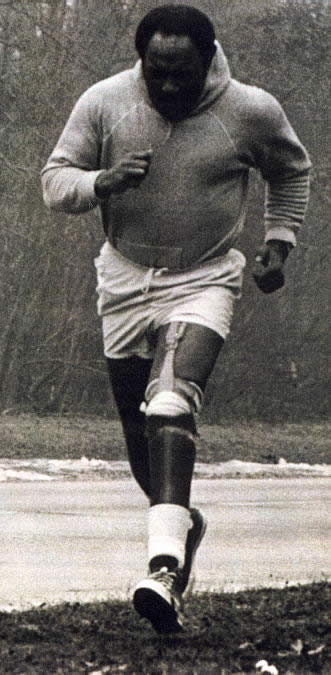“Broken Arrow” – Nuclear Weapons in the Mediterrean
Interesting day in military history….“Broken Arrow:” Not the words you want to hear when you’re have the watch…
In 1966, over the Mediterranean Ocean, a B-52 collided with a KC-135 tanker and crashed into the sea, losing it’s nukes…
From the History Channel site:
On this day, a B-52 bomber collides with a KC-135 jet tanker over Spain’s Mediterranean coast, dropping three 70-kiloton hydrogen bombs near the town of Palomares and one in the sea. It was not the first or last accident involving American nuclear bombs.
As a means of maintaining first-strike capability during the Cold War, U.S. bombers laden with nuclear weapons circled the earth ceaselessly for decades. In a military operation of this magnitude, it was inevitable that accidents would occur. The Pentagon admits to more than three-dozen accidents in which bombers either crashed or caught fire on the runway, resulting in nuclear contamination from a damaged or destroyed bomb and/or the loss of a nuclear weapon. One of the only “Broken Arrows” to receive widespread publicity occurred on January 17, 1966, when a B-52 bomber crashed into a KC-135 jet tanker over Spain.

Besides showing some of what we did during the Cold War to ensure we were ready to respond to support “MAD,”, this story also involved a man who recently passed away. BMCM(DV) Carl Brashear, USN lost his leg while conducting the salvage operation for the bomb sitting underwater.
In January 1966, a hydrogen bomb was lost off the coast of Palomares, Spain after two U.S. Air Force planes collided during a refueling attempt. The Navy was called in to find and recover the bomb; and after 2-1/2 months of searching, the bomb was found. On March 23, 1966, during recovery operations, a line used for towing broke lose, causing a pipe to strike Brashear’s left leg below the knee, nearly shearing it off. He was evacuated to Torrejon Air Base in Spain, then to Wiesbaden, Germany; and finally to the Naval Hospital in Portsmouth, Virginia. After persistent infections and necrosis, and facing years of recovery, Brashear convinced his doctors to amputate the lower portion of his leg.
Brashear remained at the Naval Regional Medical Center in Portsmouth from May 1966 until March 1967 recovering and rehabilitating from the amputations. From March 1967 to March 1968, Senior Chief Brashear was assigned to the Harbor Clearance Unit Two, Diving School, preparing for return to full active duty and diving. In April 1968, after a long struggle, he became the first amputee to be certified as a diver. In 1970, he became the first African-American U.S. Navy Master Diver, and served 10 more years beyond that, eventually achieving the rate of Master Chief Boatswain’s Mate in 1971.
Carl’s life story, mostly centered on his struggle in a recently integrated Navy to become a Navy Diver, was dramatically told in the movie “Men of Honor.” Master Chief Brashear passed away last year, after living an inspiring life.
I had the pleasure of reading and interview with the Master Chief, available from the U.S. Naval Institute, and he was a quite a man. He certainly saw everyone as a person and made a point to treat everyone fairly, and on top of that, he regularly deflected praise from his interviewer. It’s a good read.
Categories: Air Force, History, Military, Military History, Navy
